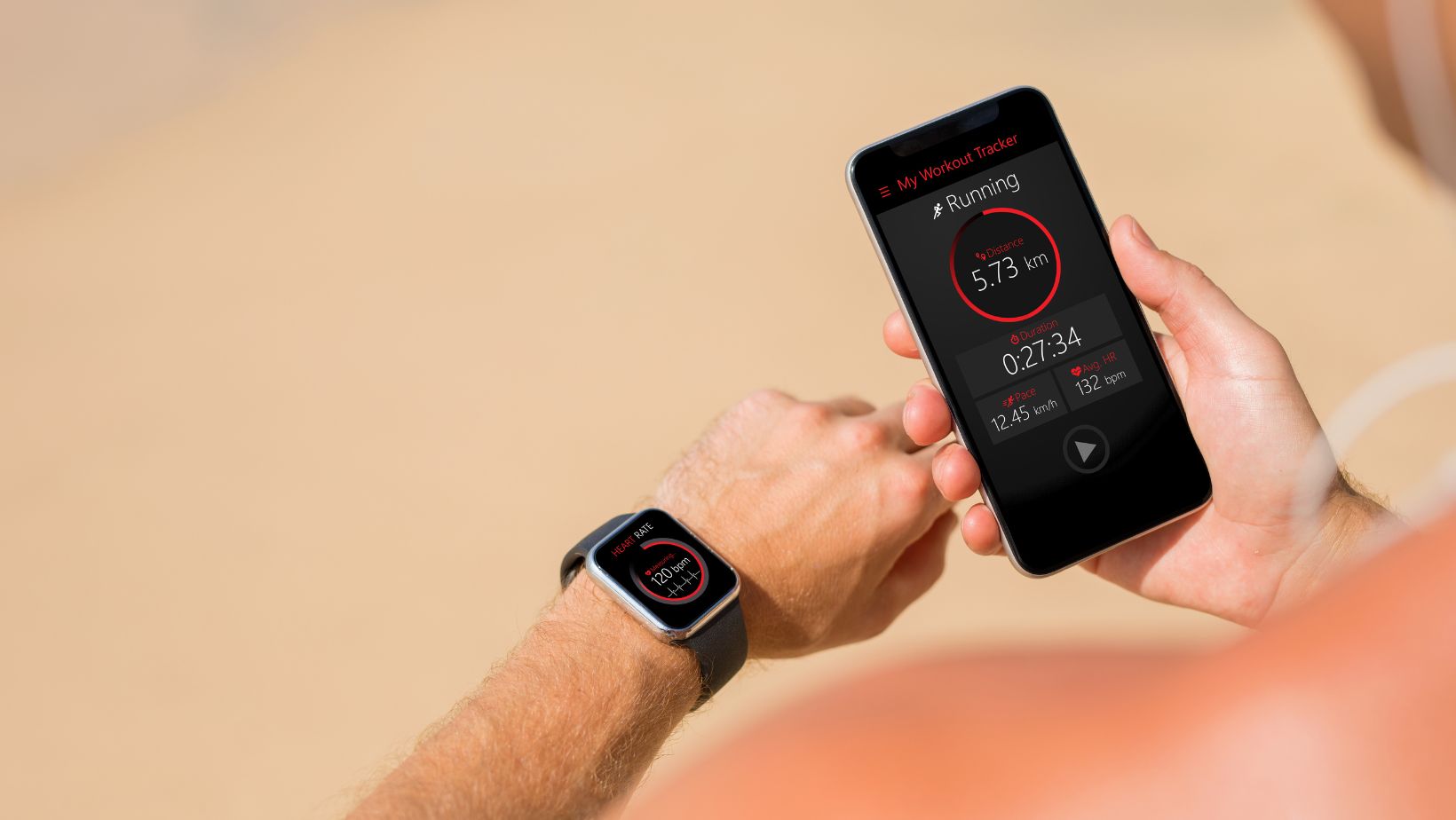Wearable tech is still in its early years, a long way from reaching the mainstream, let alone from achieving its full potential. With so many years ahead of it, this naturally raises questions about where the technology is going and what it might realistically achieve. Given current trends and hardware limitations, what can we expect from wearable tech in the years ahead, and what might it never truly accomplish?
Smaller, Faster, Better
The most obvious direction expected from smart tech is that it will accomplish what it does now faster and more reliably. Whether this is measuring fitness statistics like heart rate or connecting you to online payment systems, we can’t expect improving hardware and software to aid these processes. It’s also inevitable that ever-smaller transistors will lead to improving processing power and lower battery drain.
Wearables are similarly likely to see better levels of integration with other smart platforms like security systems. Instead of carrying keys, tapping your watch against a door could unlock it, or start your car.
Likewise, tapping a watch against a reader could allow you to transfer biometrically locked files stored on a watch, offering reliable security solutions on the go. Beyond these points, however, the limitations of the hardware become more evident.
Questions of Usability
The primary issues with wearables come from their size and shape. No matter how powerful they become, these problems fundamentally can’t be bypassed, at least not in a convenient way. As an example, consider if you needed to work through an Excel database, and your wearable had the power to theoretically open a database file. Without a means to easily see the file or edit it, the limitations of wearables appear.
Note that this doesn’t apply to everything, as text-based browsing and systems could work just as well with future AI support and text-to-speech conversions. Consider if you’re trying to use modern services to find out how to sell your house quickly online.
These websites feature no hidden fees and the ability to sell in your own timeframe, and while they don’t use AI themselves, wearable AI could describe these factors for users. This kind of potential browser support could then guide wearable users through large portions of the selling process, without the need for additional hardware.
The takeaway from the limitations that do exist is that, no matter how far wearables come, they’ll always be supported by the ubiquitous smartphone. Smartphones aren’t perfect for more intricate work either, but by including larger displays with easier touch controls, they can do what wearables never could.
Smartphones could also see their level of usability extended in the future through the increased adoption of folding systems. With the ability to double or triple screen size, foldables further bypass the limitations of small devices, bringing them closer to the gold standard of laptops and desktops.
While we do expect wearables to become increasingly popular in the future, it’s unlikely they’ll become the only carried system for most users. They might be great for a night out of casual use, and they grow even better in these applications, but they can’t ever fully bridge the gap that smartphones and computers do, at least not in their current incarnations.


